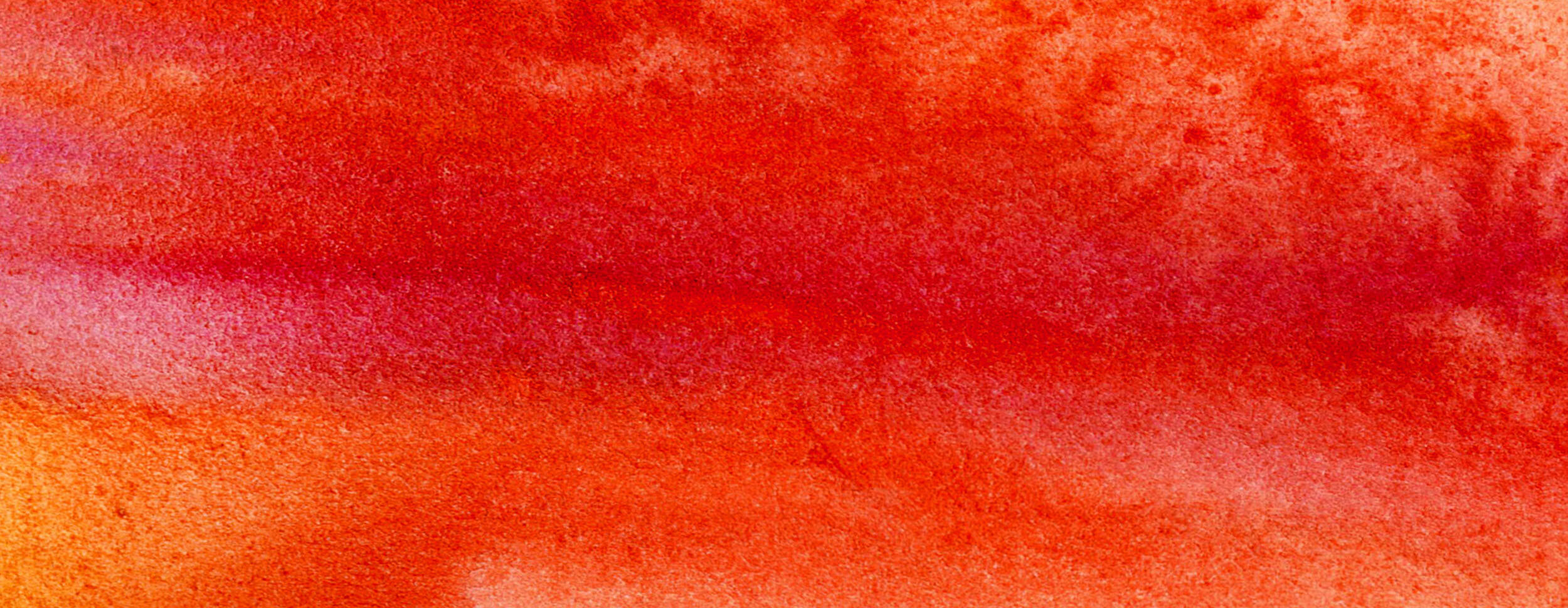
David Glyn Davies
David Glyn Davies
Medium Pigment on Linen
Instagram @david.glyn.davies
W www.davidglyndaviesartist.com
Address 3 Hawker St, Mount Martha 3934









Medium Pigment on Linen
Instagram @david.glyn.davies
W www.davidglyndaviesartist.com
Address 3 Hawker St, Mount Martha 3934